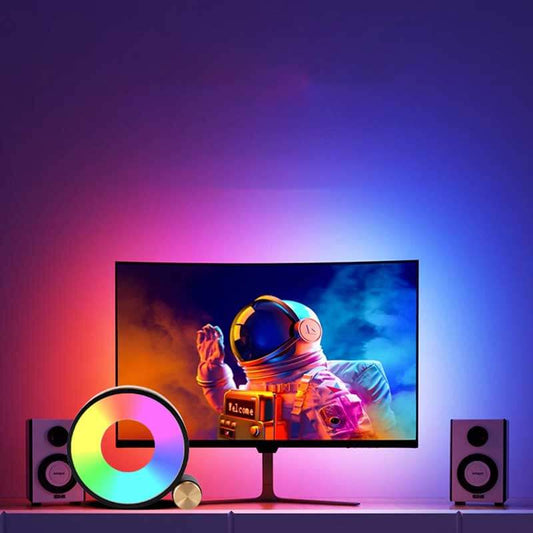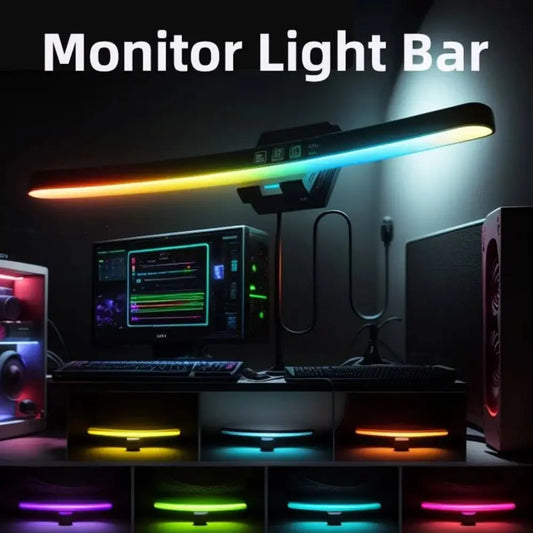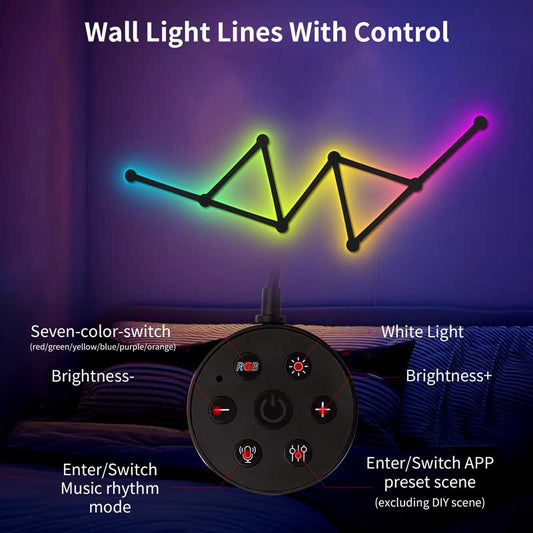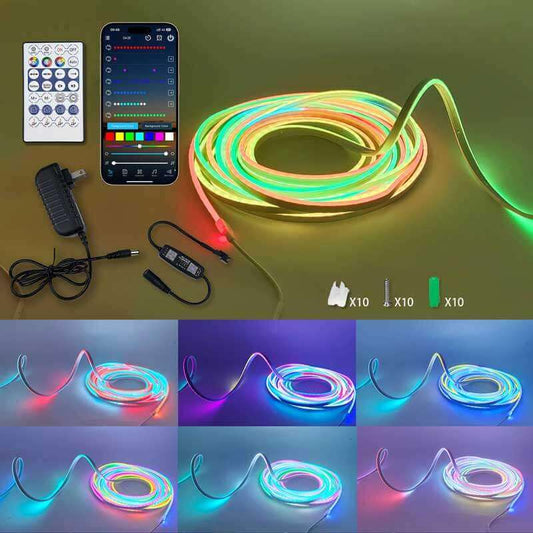Is RGB good for eyes?
Partager
RGB lighting can have both positive and negative effects on your eyes, depending on how it’s used. Here's a breakdown of how RGB lighting affects eye health and how to optimize it for comfort:
Benefits of RGB Lighting for Eye Health
1. Reduced Eye Strain in Dark Rooms
- Ambient Lighting: RGB lights, when used to illuminate the surroundings of a monitor or gaming area, can reduce contrast between a bright screen and dark surroundings. This can help ease eye strain during long gaming or computer sessions.
- Subtle Illumination: Low-intensity, soft RGB lighting creates a comfortable balance that prevents the eyes from constantly adjusting to the stark contrast of a dark room and bright screen.
2. Customization for Comfort
- Adjustable Brightness: Many RGB setups allow you to control the brightness and intensity of the lights. Keeping the lights dimmed can help reduce glare while still adding a visually appealing atmosphere.
- Personalized Colors: Cooler or more neutral colors like blue or white can help with focus and alertness, while warmer colors like red or yellow can be soothing during gaming or late-night sessions.
Potential Downsides of RGB Lighting for Eye Health
1. Brightness Overload
- Too Bright: If RGB lights are too bright or positioned improperly, they can cause glare or become a distraction, which can increase eye strain and fatigue.
- Flashing Effects: Constant changes in lighting patterns, such as rapid flashes or strobe effects, can be jarring and may even trigger headaches or migraines for sensitive individuals.
2. Blue Light Exposure
-
Blue Light: Many RGB setups use blue LEDs, which emit light in the blue spectrum. Excessive exposure to blue light, especially late at night, can disrupt sleep patterns and contribute to eye fatigue.
- Mitigation: Some RGB setups allow you to set warmer color tones in the evening to minimize blue light exposure. You can also use blue light filters on your monitor.
How to Optimize RGB Lighting for Eye Comfort
1. Use Indirect Lighting
- Backlighting: Place RGB lights behind the monitor or along the walls to provide ambient light. This helps to reduce the glare from the screen and provides even illumination around the room.
- Avoid Direct Light: Avoid positioning RGB lights directly in your line of sight or in front of the screen.
2. Adjust the Brightness and Color
- Dim Lights: Lower the brightness of your RGB lights, especially in a dark room, to avoid excessive contrast.
- Warm Colors: In the evening, use warmer colors like orange, red, or soft white for a calming effect.
- Cooler Colors During Daylight: Opt for cooler colors like blue or white when you're working or gaming during the day, as these can help with focus and alertness.
3. Take Regular Breaks
- Regardless of RGB settings, it’s important to follow the 20-20-20 rule: Every 20 minutes, look at something 20 feet away for 20 seconds to give your eyes a break.
YOUWEI TRADE Conclusion
RGB lighting can be beneficial for eye comfort when used correctly, by providing ambient lighting that reduces glare and eye strain. However, over-bright lights, flashy effects, or prolonged exposure to blue light can have negative effects. Adjusting brightness, using indirect lighting, and choosing the right colors can make RGB lights a comfortable and enjoyable addition to your gaming or workspace without compromising eye health.




